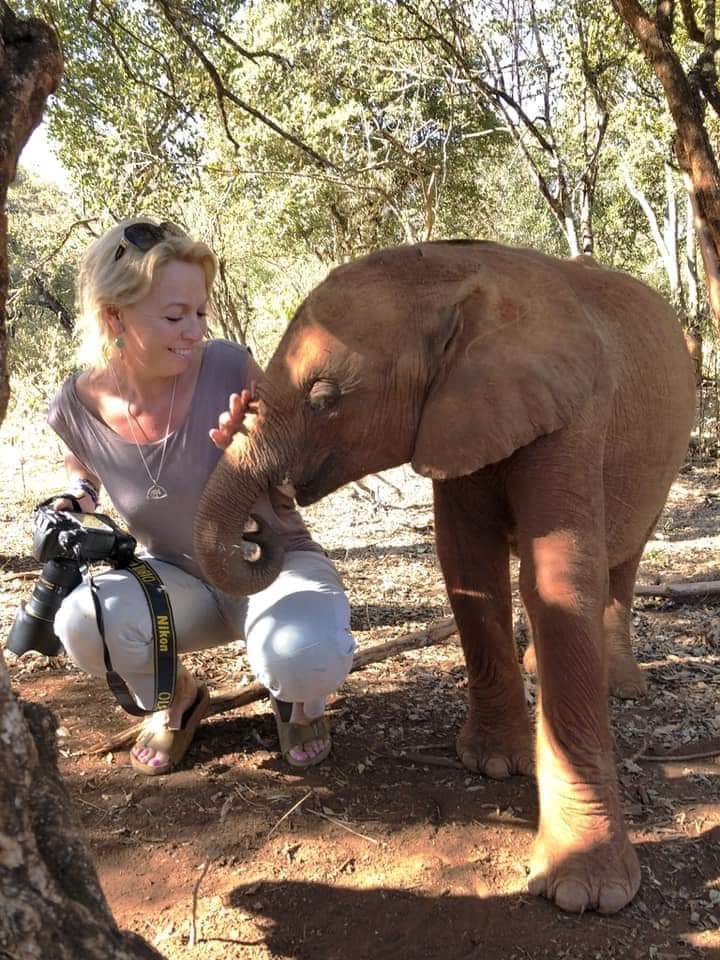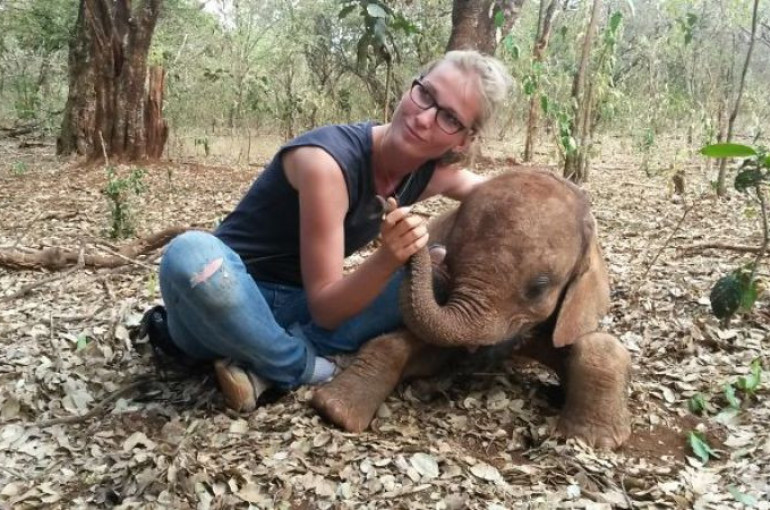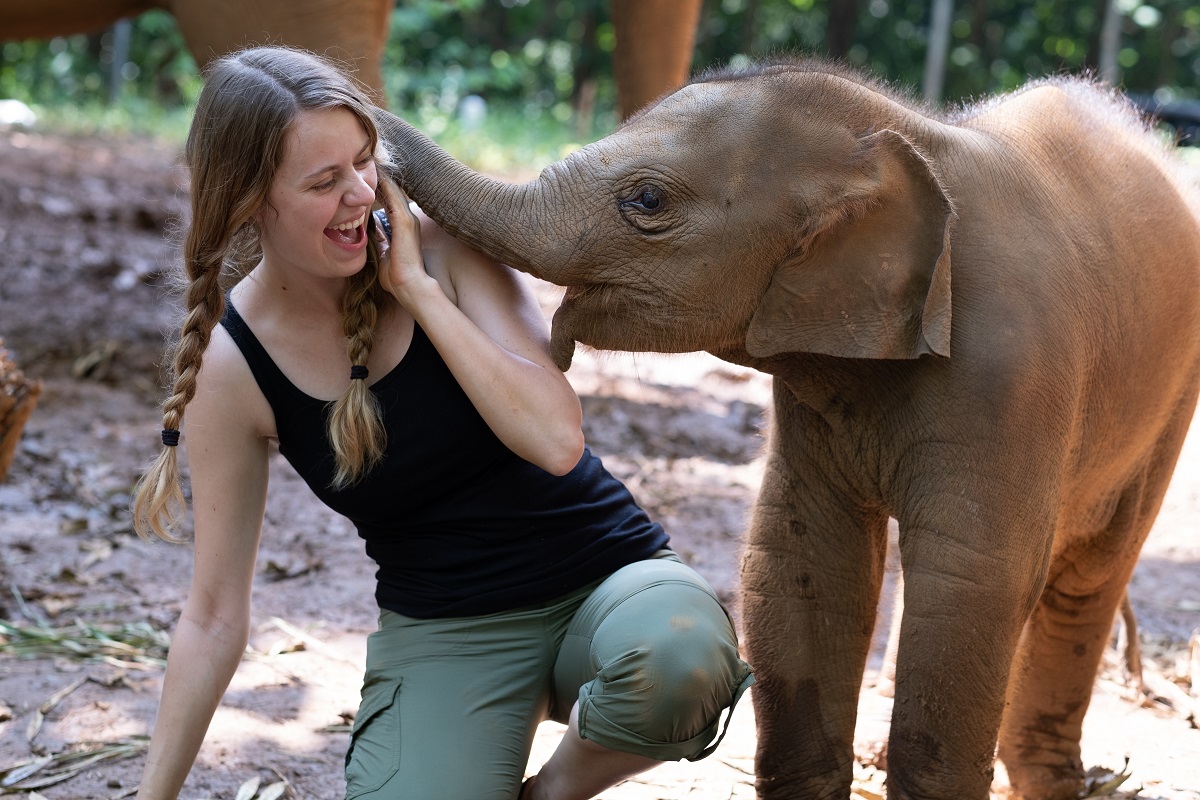In the lush landscapes of various continents, a unique bond between humans and elephants has evolved, demonstrating that coexistence and conservation can go hand in hand. This connection is a testament to the intricate web of life and our responsibility as stewards of the planet. Let’s delve into the fascinating world of how humans and elephants have built lasting relationships.

Humans and elephants have shared a connection for centuries. These magnificent creatures have been revered in many cultures, often considered symbols of wisdom, strength, and spirituality. They have been integral to traditional ceremonies and played essential roles in agriculture, transportation, and forestry.
In recent decades, human-elephant interactions have faced numerous challenges. Habitat loss due to deforestation, expanding agricultural lands, and human settlements has brought elephants into closer contact with human populations, resulting in increased conflicts. Crop raids and property damage have led to concerns among communities living alongside elephants.

Recognizing the importance of elephant conservation, numerous initiatives and organizations have emerged worldwide. These efforts focus on mitigating human-elephant conflicts, protecting elephant habitats, and promoting coexistence. One notable example is the creation of wildlife corridors, allowing elephants safe passage between fragmented habitats.
Elephants often serve as “flagship species” for conservation efforts. By protecting these gentle giants and their habitats, conservationists can simultaneously safeguard many other species that share their ecosystems. Preserving these ecosystems is crucial for maintaining biodiversity and ecological balance.
In the digital age, technology has become an invaluable tool in facilitating peaceful coexistence. Early warning systems use sensors, cameras, and drones to alert communities to elephant movements, allowing them to take preventive measures. This not only protects both humans and elephants but also reduces hostility toward these creatures.

Successful coexistence efforts involve local communities. Engaging with residents and incorporating their traditional knowledge and perspectives is essential. This collaboration not only enhances conservation outcomes but also ensures that human livelihoods and cultures are respected.
Eco-tourism has also played a significant role in promoting coexistence. Many countries have established responsible and ethical elephant tourism practices. Tourists can observe elephants in their natural habitats, which, in turn, supports conservation and provides economic opportunities for local communities.
Educational programs and outreach initiatives are vital for building lasting connections between humans and elephants. Teaching people about the importance of these creatures and their roles in ecosystems fosters empathy and understanding.
The relationship between humans and elephants is a testament to the coexistence and conservation possibilities on our planet. By working together, we can ensure that these incredible creatures continue to roam the earth, reminding us of the harmonious balance that can exist between our species and the magnificent wildlife that shares our world.
In conclusion, the partnership between humans and elephants reflects the potential for harmony and coexistence with nature. Through conservation, education, and community involvement, we can pave the way for a shared future where both humans and elephants thrive.



